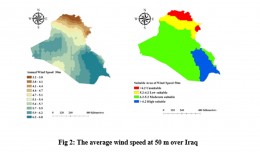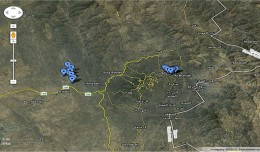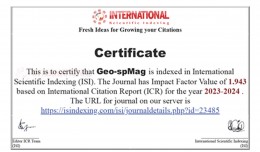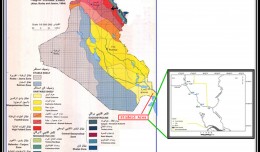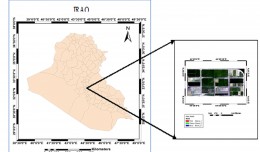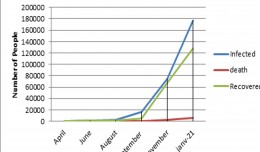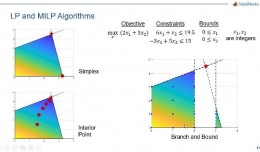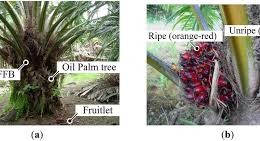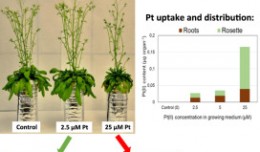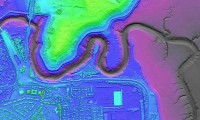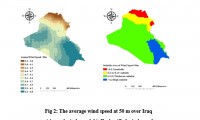Machine Learning and Statically for Evaluating the Classification of Medical and Lab Services
Muna R. Harbi1,,Loay E. George2
1.Department of Physics, General Directorate of Thi-Qar Education, Ministry of Education, Thi-Qar, Iraq.
2Assistant of University President for Scientific Affairs / University of Information Technology and Communication., Baghdad, Iraq.
Abstract
Artificial intelligence is a realistic choice for developing accurate outcome predictors, notably in health research. It is often referred to as a component of artificial intelligence, such as machine learning. AI requires specialized hardware and software to write and train machine learning algorithms. The methodology has regularly provided considerable insight into service models by processing an enormous amount of semi-structured, multi-domain medical data that is already available. Characterizing the results for allocating risk is where AI in healthcare can be used to improve determined disease models and provide opportunities for personalization and treatment discovery in Primary health centers and services distribution on population in all towns. This study aims to conduct an analysis for pattern identification and classification of medical services using Machine learning methodology for the Thi-Qar governorate, mainly distinguished by its great size (about 13738.67 km²), divided into 15 administrative units according to Iraq’s formal administrative division. The utilized Databases were collected during the period from 2019 to June 2021. As a result, the maps produced represent medical services relative to population density and record the results. Thus, the services are categorized by machine learning algorithms and Programming in the R language. After attaining the results of the study area, the study concludes that the Governorate’s medical services are divided into five categories: weak (26 percent) and strong (13 percent), and below the average category of health care, on the other hand, accounts for 33% of the total (5 administrative units). The Governorate’s health services are included in the average and above-average categories (13 percent).
Keywords:Spatial Analysis, Machine Learning, Service Classification, GIS, plot matrix.
 English
English  Français
Français  العربية
العربية 






